您的购物车
您的购物车是空的
Our Spices
Our Sugars
Our Caps
术语表
A measurement of the iso-alpha acid concentration, which contributes bitterness to beer. The iso-alpha acid concentration is the major contributor to bitterness in beer. 1 IBU = 1 part per million of isomerised alpha acid.
The Ideal Gauge Pressure for any beer is the applied gas pressure matching the amount of CO2 in the beer. Some of the variables affecting the Ideal Gauge Pressure are elevation (atmospheric pressure), temperature, CO2 volume and the system operating pressure.
For example - A traditional American beer (2.6 CO 2 Volumes) at 38° F would normally have an Ideal Gauge Pressure between 13 and 14 lbs when stored in a kegerator at an elevation of sea level.
For example - A traditional American beer (2.6 CO 2 Volumes) at 38° F would normally have an Ideal Gauge Pressure between 13 and 14 lbs when stored in a kegerator at an elevation of sea level.
A device used to chill wort quickly from boiling temperatures, to temperatures suitable for pitching the yeast (60s for ales, 50s for lagers). Consists of a copper coil which is placed in the brew pot; cold water is run through the coil, which cools the wort.
1. A bottle, 6 liters in capacity.
2. A beer which is stronger than the typical base style. I have most often seen it described as 20 gravity points higher than the BJCP style guidelines.
3. A pint glass of 20 ounces.
2. A beer which is stronger than the typical base style. I have most often seen it described as 20 gravity points higher than the BJCP style guidelines.
3. A pint glass of 20 ounces.
Literally, "in glass." Performed in a test tube or other laboratory apparatus.
In the living organism.
In brewing, an infection refers to significant levels of any microbes in the beer wort other than the desired yeast. Potential infecting microbes include wild yeasts (and other fungi), as well as various bacteria. Symptoms of an infection can vary widely depending on the specific infecting microbe(s), and can include (but are not limited to): mold growing in the fermenter, strange odors and/or flavors, overcarbonated bottles, rings of scum in the bottles, and clumps or strands of gelatinous material.
A mashing technique in which a controlled amount of hot water is added to the grain, to achieve the desired mash temperature.
The temperature at which malt and water are brought together at Temp commencement of mashing.
The introduction of a microbe into surroundings capable of supporting its growth. See pitching.
A mixture of dextrose and fructose found in fruits or produced artificially by the inversion of sucrose (e.g. hydrolyzed cane sugar).
A method for determining whether all of the starches in a mash have been converted to sugars. A small sample of the mash liquid is placed on a white plastic or ceramic plate, and a drop of red tincture of iodine is added. If the iodine does not change color, then starch conversion is complete. If the iodine darkens, then the degree of color change gives a rough indication of the amount of starch still present.
An iodine-based sanitizer. Most of the Iodophors available to homebrewers should be diluted at the rate of 1/2 fluid oz. of Iodophor to 5 gallons of water before use. When used at proper dilution levels, Iodophor is a "no-rinse" sanitizer -- equipment can simply be allowed to drip dry.
An electrically charged component of a molecule, which may be one atom, or a combination of atoms. When calcium sulphate, CaSO4, is dissolved in water, it breaks into the ions Ca++, and S04.
An emulsifying agent, Irish moss promotes break material formation and precipitation during the boil and upon cooling.
An ion that causes haze and hampers yeast.
The clear swim bladders of a small fish, consisting mainly of the structural protein collagen, acts to absorb and precipitate yeast cells, via electrostatic binding.
Hop alpha acids which have undergone isomerization in the boil, making them more soluble. (Alpha acids which have not been isomerized are not very soluble in wort/beer.)
Organic compounds of identical composition and molecular weight, but having a different molecular structure.
Isomerisation is the rearrangement of a molecule from one form (isomer) to another without gaining or losing atoms. This is important in brewing as a-acids are not very soluble in water whereas iso-a-acids are very soluble. Isomerisation of a-acids occurs when a-acids are heated. This traditionally has taken place in the Kettle when the hops are added, however, these days preisomerized hops and hop products are also available.
Also known as Iso-alpha acids, Iso-alphas and Isos. Isomerised alpha acids are alpha acids that have been rearranged chemically without gaining or losing atoms (isomerised). Unlike unisomerised alpha acids, isomerised alpha acids are soluble in beer at storage and serving temperatures. Isomerised Alpha Acids are the main bittering component in beer.
To alter the arrangement - but not the kind or number - of atoms in a compound by heating or other means. During boiling, alpha acids are isomerized and these isomers (iso-alpha acids) bitter the finished beer.
An organic compound which is produced by certain strains of yeast during fermentation. Has a banana-like aroma and flavor.
An organic acid which results in a cheesy or "sweat sock" flavor in beer caused by the use of old hops.





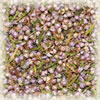
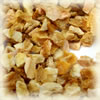

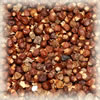
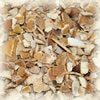
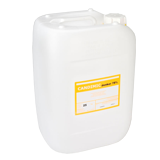
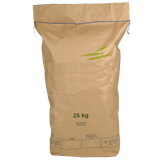
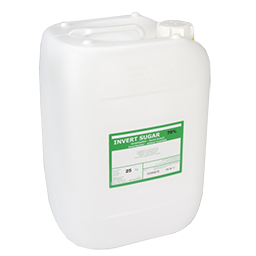



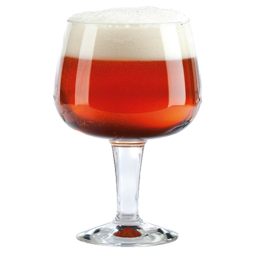
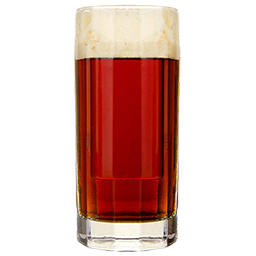
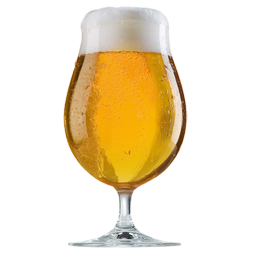
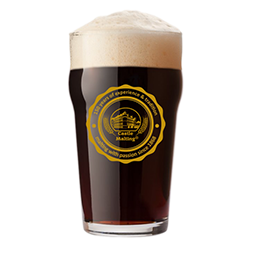
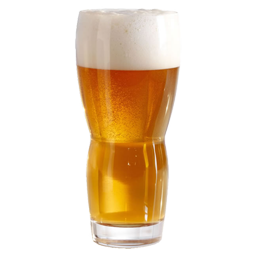
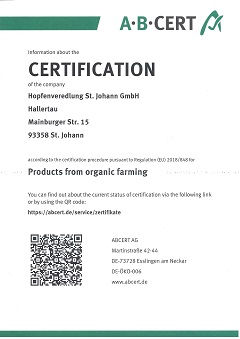 Hops, HVG, Organic Certificate 2024
Hops, HVG, Organic Certificate 2024
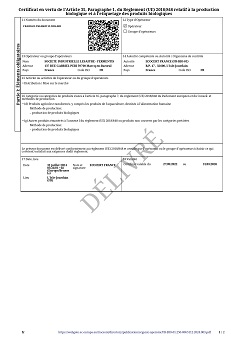 Fermentis - Certificate ECOCERT Bio production et produits 2022-2026
Fermentis - Certificate ECOCERT Bio production et produits 2022-2026
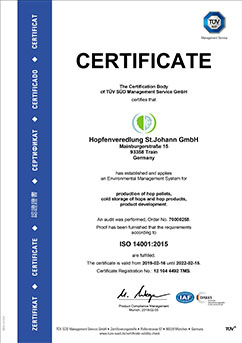 Hops Hopfenveredlung St.Johann, Certificate ISO 14001:2015 2022-2025
Hops Hopfenveredlung St.Johann, Certificate ISO 14001:2015 2022-2025
 Crown Caps Finnkorkki Statement
Crown Caps Finnkorkki Statement
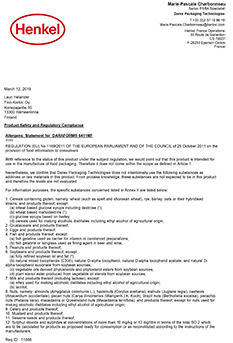 Crown Caps Finnkorkki Product Safety & Regulatory Compliance
Crown Caps Finnkorkki Product Safety & Regulatory Compliance



